Snowshoes’ Importance Rivals the Wheel.
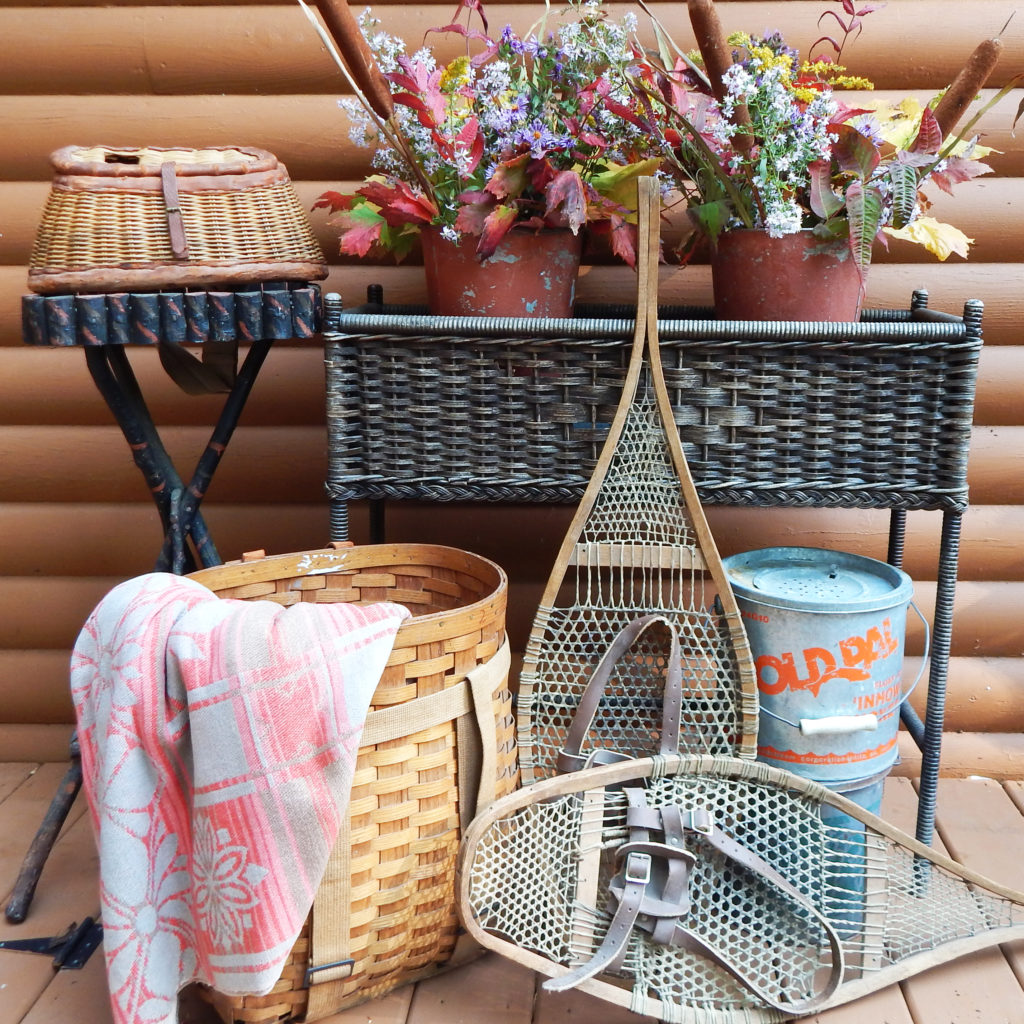
Snowshoes are an integral part of Adirondack living.
But the history of the snowshoe goes back more than 6,000 years. At that time, while Egyptian civilization was still young, people in Central Asia were developing the snowshoe-ski, enabling aboriginal people to migrate north, and eventually to cross the Bering Strait land bridge to North America. Some say its invention ranks in importance with the development of the wheel.
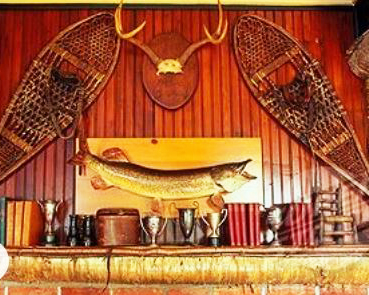
Native American people are credited with developing the most advanced forms of the showshoe. Before the horse was reintroduced to America by the Spaniards, snowshoes were a common cultural tool of all Indian tribes where snow covered the ground in winter.
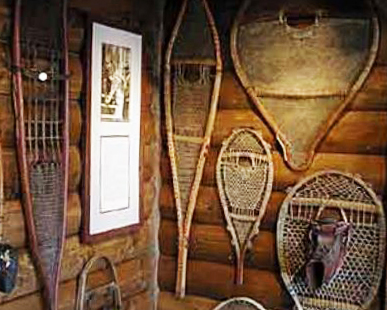
Two tribes who excelled at snowshoe design were the Athapascan Indians of the West Coast and the Algonquin tribes of the St. Lawrence River Valley. Nearly every culture developed a distinct snowshoe type depending on the terrain and hunting needs of the people.
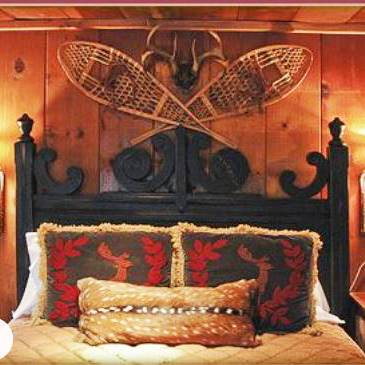
The most familiar snowshoe design was the Beavertail, developed by the Algonquin, and teardrop shaped with a narrow tail and upturned toe. Its shape made it ideal for use on trails, rolling terrain and open woodland. Its design provided a forward kick using the narrow tail to propel the next step while reducing fatigue, enabling the wearer to hunt in the winter.
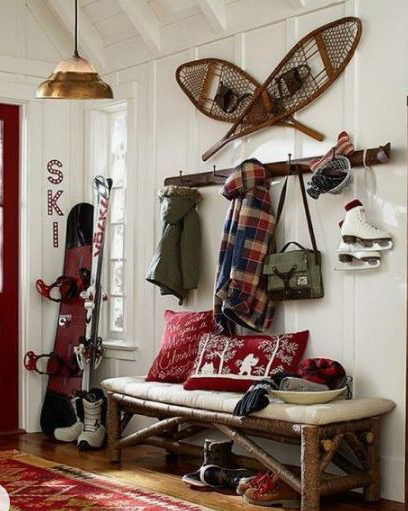
The Huron snowshoe is similar in shape. Its origins can be traced back to the Huron people of Canada. It was the model preferred by the first French settlers that came to New France in 1604, and by French-Canadian woodsmen and trappers for its great flotation in soft snow. Samuel de Champlain provided the first written record of the snowshoe in North America when he commented in his memoirs on the Native American snowshoe in 1608.
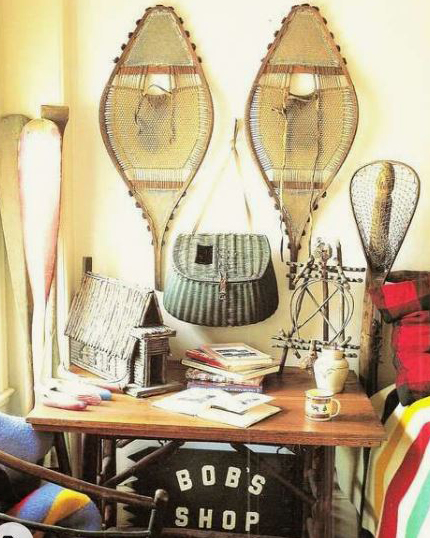
Native American snowshoes were made of hard wood, typically ash. The wood was steamed or soaked to make it pliable, then bent into shape. Once the frame was completed, women took over the process, lacing the frame with rawhide, mostly strips of scraped moose, deer or caribou skin, in beautifully intricate patterns.
The amount of work needed to create each pair of snowshoes indicates how essential they were to move safely around in winter and literally keep aboriginal families alive.
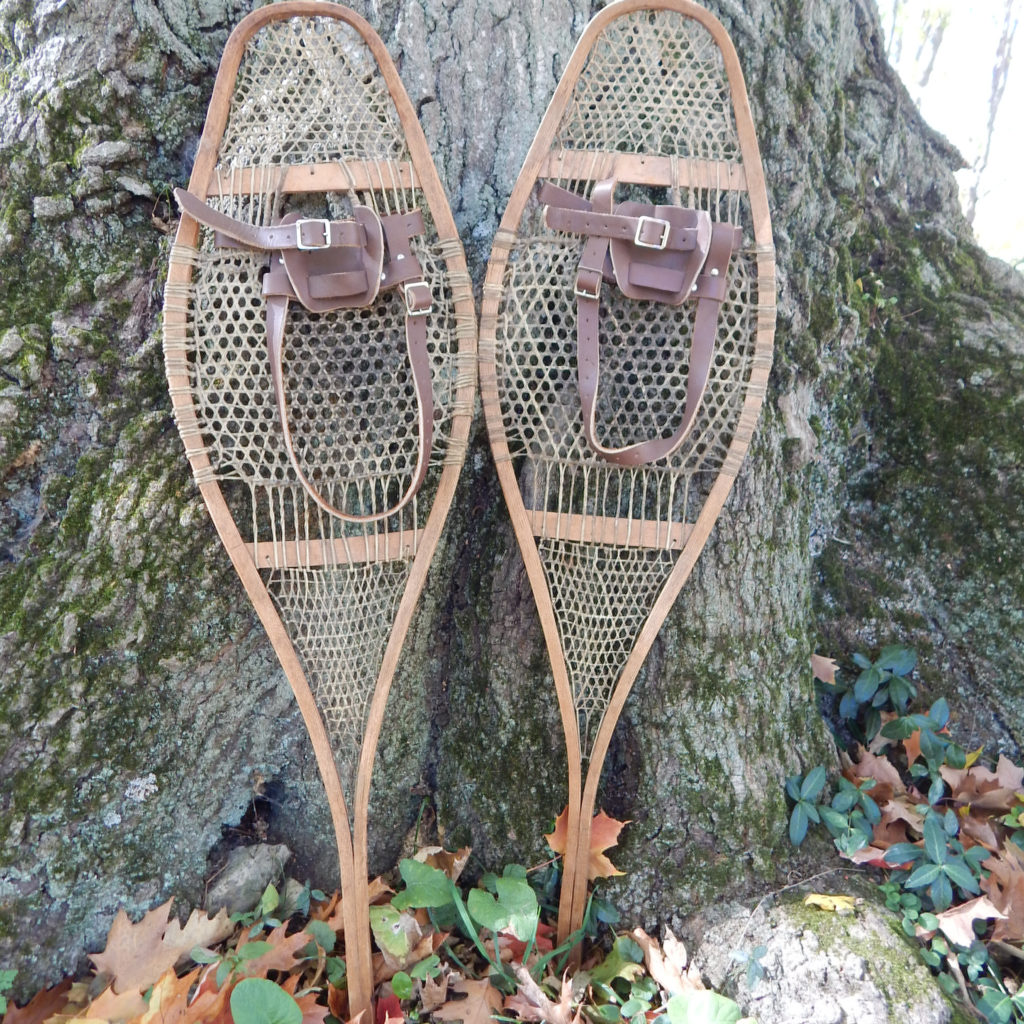
The beautiful pair of snowshoes we currently have available in our Etsy shop are an excellent example of this Native art. We can tell that they’re Native-made by the quality and tightness of the weaving compared to manufactured snowshoes. Additionally, instead of rivets on the tail, they used nails and bent them over. They make for fabulous rustic decor, as shown in the inspiring Pinterest photos we have included in this post.

Like This Post?
Please subscribe to our blog to receive new posts by e-mail. We will not share your information with anyone.